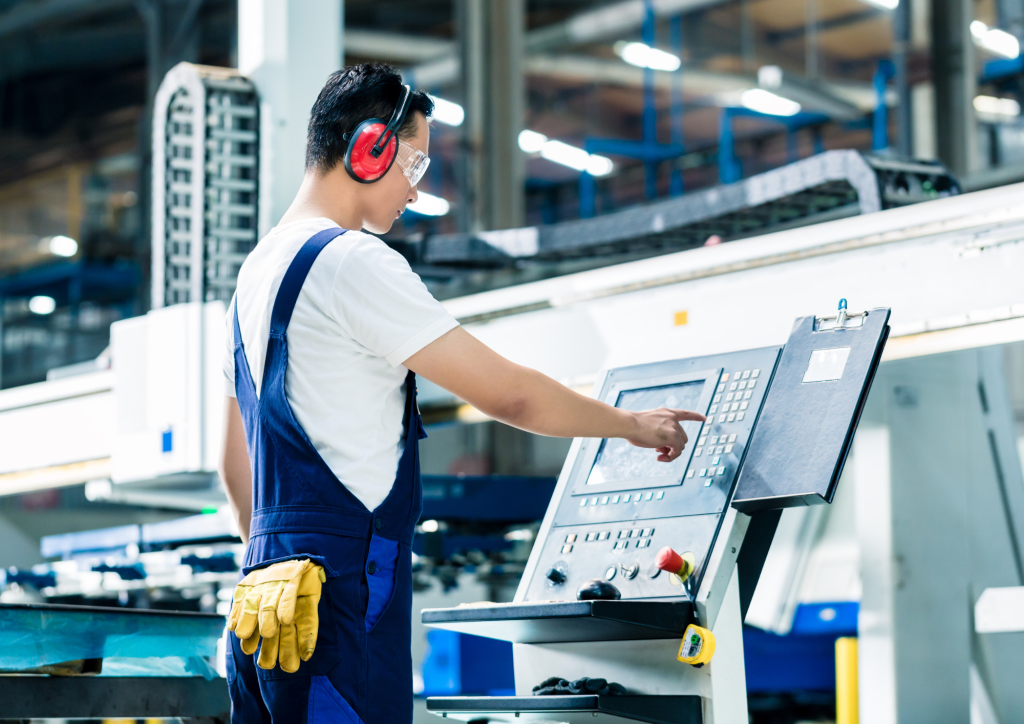Will the robots and machines replace our engineers? This cannot be true because we still need humans to do the thinking. However, the Computer Numerical Control (CNC) is the future of the machining industry.
Previously, the subtractive manufacturing operation was done using conventional machining, such as conventional milling and lathe machines. Conventional machining will require a skilful machinist in order to operate the machinery. Thus, the parts produced by inexperienced machinists may not be as precise or accurate as the design specifications. Sometimes, mistakes made during the machining could pile up the scrap materials and cause a loss of profit to the company.
With the introduction of Industrial Revolution 4.0, more manufacturing industries replaced their conventional machines with CNC machines. CNC machines are now doing the repetitive, dull, and complex machining work. CNC machines do not get sick, tired, or even complain. In comparison, a conventional machinist will need to operate the machine for a long hour to produce any parts or product. The absence of the conventional machinist will jeopardise the production rate of the company. As the conventional machinists grow old, they become more experienced, but because of their age, the productivity and quality of work might be affected.

In recent years, CNC machines have increasingly been used in tasks that need a high level of precision that could not be achieved consistently by a human worker or for very repetitive tasks. This does not mean that businesses will no longer need workers; it means that job roles will change. For example, with the CNC machine and a suitable jig and fixture, multiple parts or products can be machined at one time. This process will only need one CNC machine operator for a CNC machine and a Computer Aided Manufacturing (CAM) program.
Compared to conventional machining, to produce ten mechanical parts at one time using a conventional milling machine, the company will need at least ten operators and ten conventional milling machines. Nevertheless, issues of the fact that humans will be jobless due to CNC machines should not be brought up. This is because the set skills for the humans will need to be upgraded. Instead of being a conventional machinist operator, they will need a new set of skills related to CAM and CNC machine operations. Indirectly, the usage of CNC machines in the machining industry will increase the production rate and the profit of the company.
In a nutshell, schools, education institutes, and universities need to adapt to the changes of the world to stay relevant in the industry. The curriculum and syllabus need to be upgraded in parallel with the industry expectations and trends. The future is ahead, for those who did not embrace changes will fall behind.

About the Author:
Ir Ts NAJMI HAZIQ BIN BADRULHISAM
Lecturer (Mechanical Engineering), Faculty of Engineering, Built Environment & Faculty of Engineering, Built Environment & Information Technology (FoEBEIT), SEGi University
Ir Ts Najmi Haziq Badrulhisam holds a Bachelor of Mechanical Engineering (Hons) from Universiti Teknologi MARA (2014) and a Master of Science in Mechanical Engineering from the same institution (2020). He is currently pursuing a PhD in automotive engineering at Universiti Malaysia Pahang al-Sultan Abdullah (UMPSA) with research interests in Internal Combustion Engines (ICE), alternative fuels, biofuels, renewable energy, and design.
With over five years of academic teaching experience in Mechanical Engineering subjects and more than two years of industry experience in industrial machinery, he also served as an Acting Head of Department. In 2023, he earned the title of Professional Engineer in mechanical engineering. Additionally, he has been a Professional Technologist (Automotive) since 2021 and serves as a Programme Advisory Panel for Diploma Teknologi Pemesinan Industri at Kolej Vokasional Klang and Kolej Vokasional Muar.

